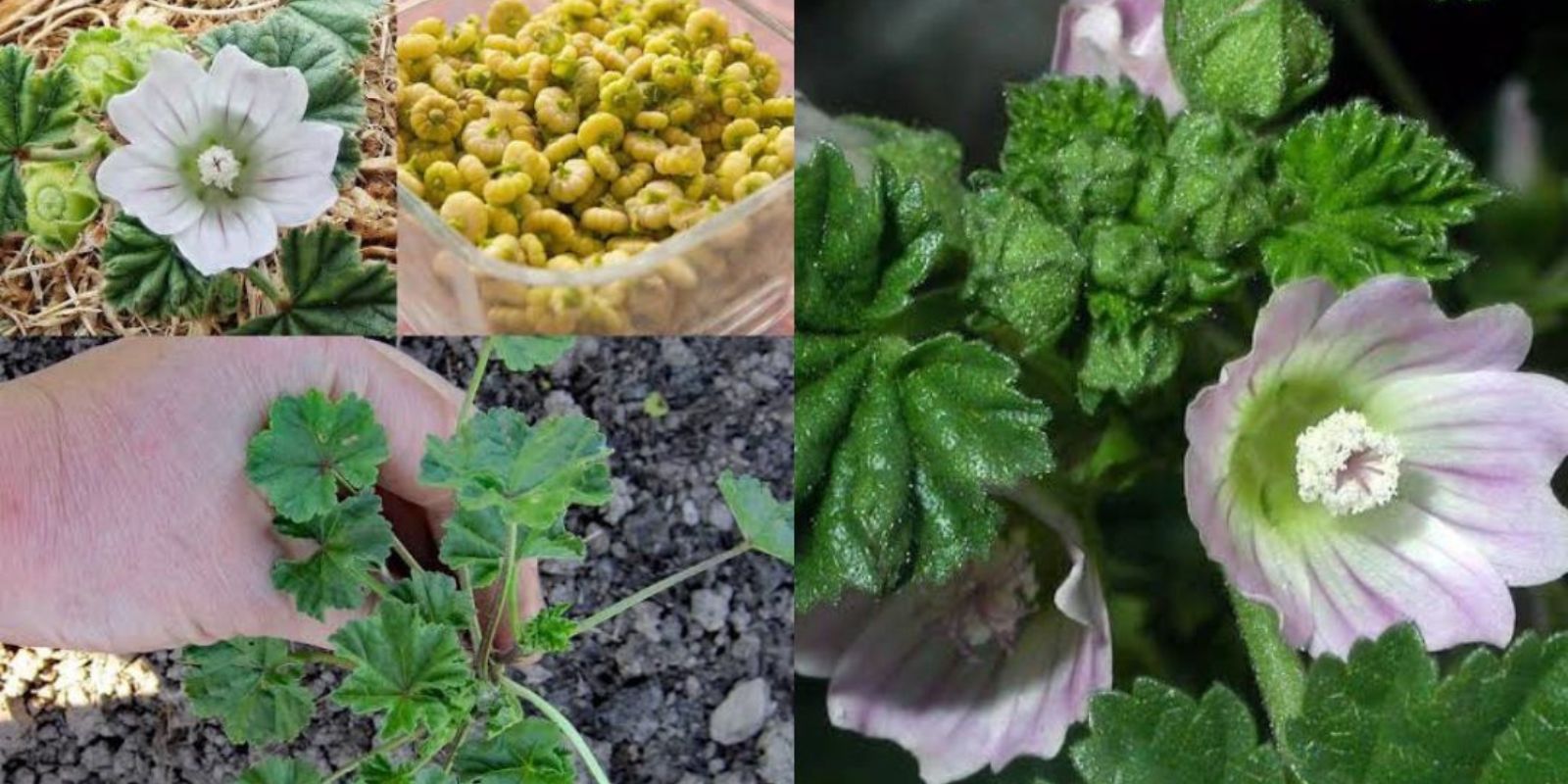Introduction
Nature has gifted us with incredible plants, many of which we overlook or dismiss as common weeds. However, some of these plants hold immense nutritional, medicinal, and ecological value. One such plant, often found growing in fields, gardens, and even cracks in sidewalks, is a powerhouse of benefits. While many people unknowingly remove it from their gardens, those who understand its true potential cherish it for its healing properties and sustainability.
In this article, we will explore the wonders of this incredible plant—how to identify it, its benefits, and ways you can incorporate it into your daily life. By the end, you might just see this plant in a whole new light and start growing it intentionally rather than weeding it out!
Chapter 1: Identifying the Hidden Gem
Before you can harness the power of this plant, you need to know what it looks like. This resilient plant grows in various climates and soil types, making it one of the most adaptable species.
Key Features:
- Leaves – Broad, slightly serrated, or smooth edges, depending on the variety.
- Flowers – Small, often yellow or white, and bloom throughout the growing season.
- Growth Pattern – Low-growing but spreads quickly, covering ground efficiently.
- Resilience – Tolerates drought, poor soil, and even foot traffic.
If you’ve ever seen a plant that matches this description but thought of it as a weed, you might be surprised to learn how valuable it is.
Chapter 2: The Nutritional Powerhouse
One of the biggest secrets about this plant is its nutritional value. It is packed with vitamins, minerals, and antioxidants that support overall health.
Nutritional Benefits:
✅ Rich in Vitamins – Contains high amounts of vitamins A, C, and K, which support immunity, skin health, and blood clotting.
✅ Iron and Calcium – A great natural source for bone health and oxygen circulation.
✅ Omega-3 Fatty Acids – Rare in leafy greens, but this plant provides brain-boosting and heart-healthy fats.
✅ Fiber-Rich – Supports digestion and gut health.
How to Consume It:
- Raw in Salads – The young leaves are tender and have a mild, slightly tangy taste.
- Smoothies & Juices – Blend with fruits and other greens for an extra nutrient boost.
- Cooked as Greens – Use it in stir-fries, soups, or sautéed as a side dish.
- Dried for Tea – The dried leaves can be brewed into a tea that supports detoxification.
Chapter 3: Medicinal Uses & Healing Properties
This plant has been used in traditional medicine for centuries. Ancient cultures, including the Greeks, Chinese, and Native Americans, valued it for its healing abilities.
Common Health Benefits:
🌿 Detoxification – Acts as a natural cleanser for the liver and kidneys, removing toxins from the body.
🌿 Anti-Inflammatory Properties – Reduces swelling, joint pain, and skin irritations.
🌿 Digestive Aid – Helps with bloating, constipation, and maintaining a healthy gut microbiome.
🌿 Blood Sugar Regulation – Some studies suggest it can help stabilize blood sugar levels in diabetics.
🌿 Wound Healing – When applied topically, it speeds up the healing of cuts and burns.
How to Use It Medicinally:
- Tea Infusion – Steep leaves in hot water for a cleansing herbal tea.
- Poultice for Skin Issues – Crush fresh leaves and apply to rashes, wounds, or insect bites.
- Extracts & Tinctures – Concentrated liquid forms can be taken for deeper healing effects.
Chapter 4: Ecological Benefits and Sustainable Gardening
Not only is this plant useful for humans, but it also plays a vital role in the ecosystem. It improves soil quality, supports pollinators, and even helps protect other plants from pests.
Environmental Benefits:
🌱 Natural Soil Enricher – Helps retain moisture and adds nutrients back into the soil.
🐝 Pollinator Attraction – Bees, butterflies, and other beneficial insects love its flowers.
🌍 Companion Planting – Grows well alongside vegetables, protecting them from certain pests.
🛑 Pesticide-Free Weed Control – Its ground-covering nature prevents the growth of invasive weeds.
If you’re an organic gardener or want to support local biodiversity, this plant is a must-have in your garden!
Chapter 5: How to Grow and Maintain It at Home
Since this plant is incredibly resilient, it’s one of the easiest to grow—even if you have little gardening experience.
Growing Conditions:
🌞 Sunlight: Thrives in full sun but can tolerate partial shade.
🌾 Soil: Prefers well-drained, slightly acidic to neutral soil.
💧 Watering: Minimal watering required once established, making it drought-resistant.
🌿 Propagation: Can be grown from seeds, cuttings, or root divisions.
Step-by-Step Guide to Growing:
1️⃣ Find a Healthy Specimen – If it’s already growing in your yard, let it spread naturally. Otherwise, buy seeds or a young plant.
2️⃣ Choose a Spot – Plant it in a sunny area with loose, fertile soil.
3️⃣ Watering & Care – Water occasionally but avoid overwatering. It thrives in dry conditions.
4️⃣ Harvesting – Pick leaves when young for the best flavor and nutrition. Harvest flowers and seeds as needed.
5️⃣ Control Spreading – If it grows too aggressively, trim back to prevent it from overtaking other plants.
Conclusion: Embrace the Hidden Power of This Plant!
What was once thought of as an ordinary, unwanted weed is actually a nutrient-rich superfood, a powerful healer, and an ecological ally. Instead of removing it from your garden, why not embrace its many uses?
This plant is a reminder that nature often provides us with the things we need—we just have to recognize and appreciate them. Next time you see this humble yet mighty plant, you’ll know the treasure it holds.
Have you seen this plant in your backyard? Would you consider using it for its benefits? Let us know in the comments! 🌿👇

